Scottish Sea Fisheries Employment 2015
Second Scottish Sea Fisheries report providing information on the structure of employment and key characteristics of Scotland's sea fishing fleet.
Mobility Across Marine Industry
The 2015 survey asked sampled crew if they had worked in other marine industries outside of commercial sea fishing, to gauge crew mobility across marine industries. Of the crew in the sample, 25% had worked elsewhere in the marine economy.
The pot and trap sector had the highest proportion of crew (33%) that had worked in other marine industries, followed by the scallop dredge sector (26%). Between 18-21% of crews on the demersal over 24m, seine and pair trawl, demersal under 24m and Nephrops trawl had worked in another marine industries ( Figure 13).
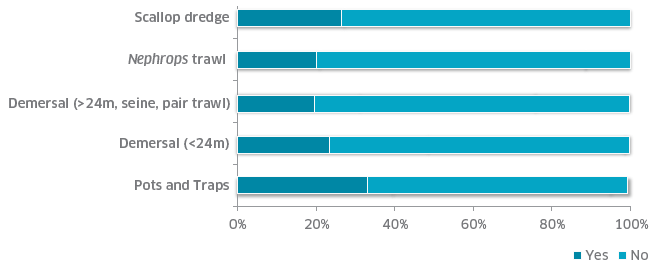
Figure 13: Response from crew to "have you ever worked in another marine industry?" by sectors (n =711)
Of the 25% who had worked in another marine industry, 31% gave further information on the industries they had worked in. 50% had worked in the merchant navy, 32% in aquaculture, 5% in oil & gas, 5% in commercial diving and 4% on factory ships ( Figure 14). 7% had worked in 'Other' industries which included ports and harbours, boat building and marine construction.
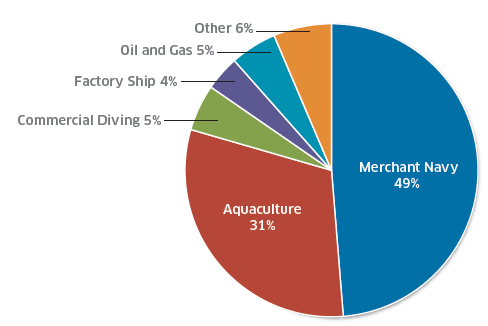
Figure 14: Breakdown of other marine industries worked in by sampled crews (n = 78)
The survey sought to gauge crews' willingness to work in other marine industries in the future. Of those who responded, 37% of crew said they would be willing to work in another marine industry. This compared to 63% in the 2013 survey. By sector, pot and trap and demersal over 24m, seine and pair trawl sectors had comparable proportions of crew willing to work in another marine sector in the 2013 and 2015 surveys ( Figure 15). The other three sectors were considerably lower in the 2015 survey compared to 2013. Only 25% of the crew on sampled Nephrops trawl vessels were willing to work in other marine sectors in 2015, compared to 72% in 2013. Only 41% of crews on sampled demersal under 24m vessels were willing to work in other marine sectors in 2015, compared to 71% in 2013 and for scallop dredge only 27% of crews in 2015 compared to 61% in 2013.
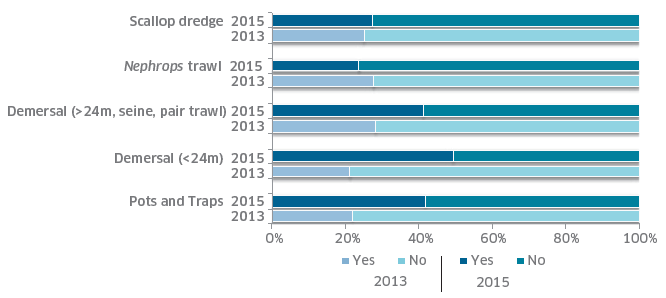
Figure 15: Crew willingness to work in other marine industries (n = 721) and 2015 (n = 689)
The majority of crews surveyed (90%) expected to 'still be crewing in 12 months' time'. The demersal over 24m, seine and pair trawl fleet had the highest proportion (99%) of crews that expected to be crewing in 12 months' time. The Nephrops trawl sector had the lowest proportion, although still high, at 84% ( Figure 16). Some of the crews on sampled vessels were uncertain about the future - responding 'maybe' and 'hope so'. The Nephrops trawl and demersal under 24m vessels had the largest proportion of crews expressing such uncertainly - 12% and 10% respectively. This uncertainty was lowest at 4% on pot and trap vessels and was mainly linked to upcoming retirement.
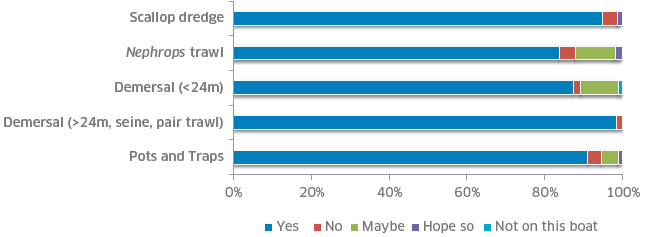
Figure 16: Response to "do you expect to be crewing in 12 months' time" by sectors (n = 753)
The 2015 survey asked crew if they would be willing to relocate to work from another port or location. Of the crew that responded (94%), 66% indicated that they would be willing to relocate. The sectors using mobile gears (scallop dredge, Nephrops trawl and the large and small demersal vessels) had the highest shares of crew willing to relocate. This is consistent with the highly nomadic nature of the vessels who work mobile gears. The demersal over 24m, seine and pair trawl fleet and scallop dredge sectors had the highest proportion of crews willing to be geographically mobile at 82% and 81% respectively. 77% of the Nephrops trawl and 72% of the demersal under 24m were also willing to relocate to another port or locations ( Figure 17). Just under half of the pot and trap vessels (49%) were willing to work in another locations or ports.
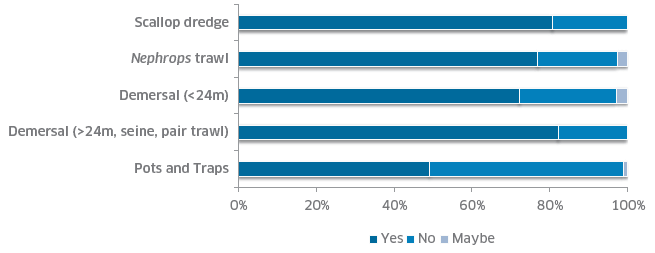
Figure 17: Crew willingness to work in other locations/ports by sector (n = 709)
Contact
There is a problem
Thanks for your feedback